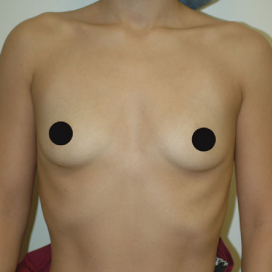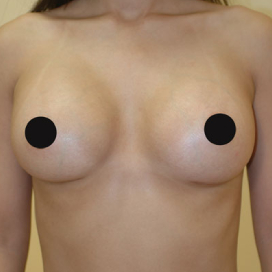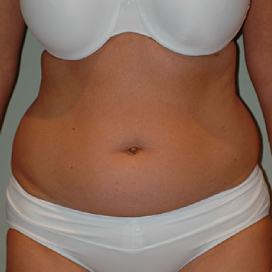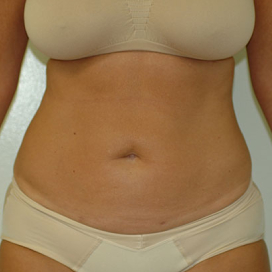Botox around eyes can smooth out the wrinkles, although it must be repeated four to six months to maintain the rejuvenated look. This treatment is an ideal option for patients who want to avoid [eyelid] surgery that results in downtime.
Botox works by blocking the nerve impulses that cause muscles to contract, minimizing the appearance of “dynamic” wrinkles. In cosmetic surgery Lebanon, it is mostly injected into the upper third of the face, or specifically, the “11” lines between the brow, the crow’s feet, and the horizontal forehead creases.
Without muscles contracting beneath the skin, the wrinkles are minimized, if not completely eliminated.
Botox around eyes are specifically used to soften the appearance of crow’s feet and the “11” lines, and to correct the asymmetric eyelids or eyebrows. However, meticulous injections are important to avoid droopy eyelids and other untoward side effects.
Some doctors are using Botox beneath the eyes to smooth out the appearance of lines and have reported good results, although other injectors will not perform this off-label procedure due to perceived risks such as bagging and sagging of the lower lid and difficulty blinking.
It is important to note that not all types of wrinkles are mitigated with Botox. For instance, patients whose cosmetic problems include fine lines caused by sun damage and deep creases due soft tissue atrophy (shrinkage) will achieve no or very little improvement from this treatment.
In deep creases caused by soft tissue atrophy, dermal filler injection or fat transfer remains the best option because it can replace facial volume loss, as suggested by cosmetic surgery Lebanon experts.
Some Botox injectors also avoid the lower half of the face altogether, as they feel that the muscles in the area are needed for daily functions and should not be weakened; and would only use it to treat the upper third of the face.
Nevertheless, some doctors have reported high success rate from off-label use of Botox (i.e., treating the lower half of the face). Oftentimes, they use a very conservative approach, meaning they will inject just a small amount and then wait 2-3 weeks to see how their patients will respond to it.
Proponents of the “conservative” approach feel that it is particularly ideal when treating the areas around the eyes and eyelids. They argue that a retouch or additional injection is much easier than waiting for the Botox’s effects to dissipate, which could take up to six months.





